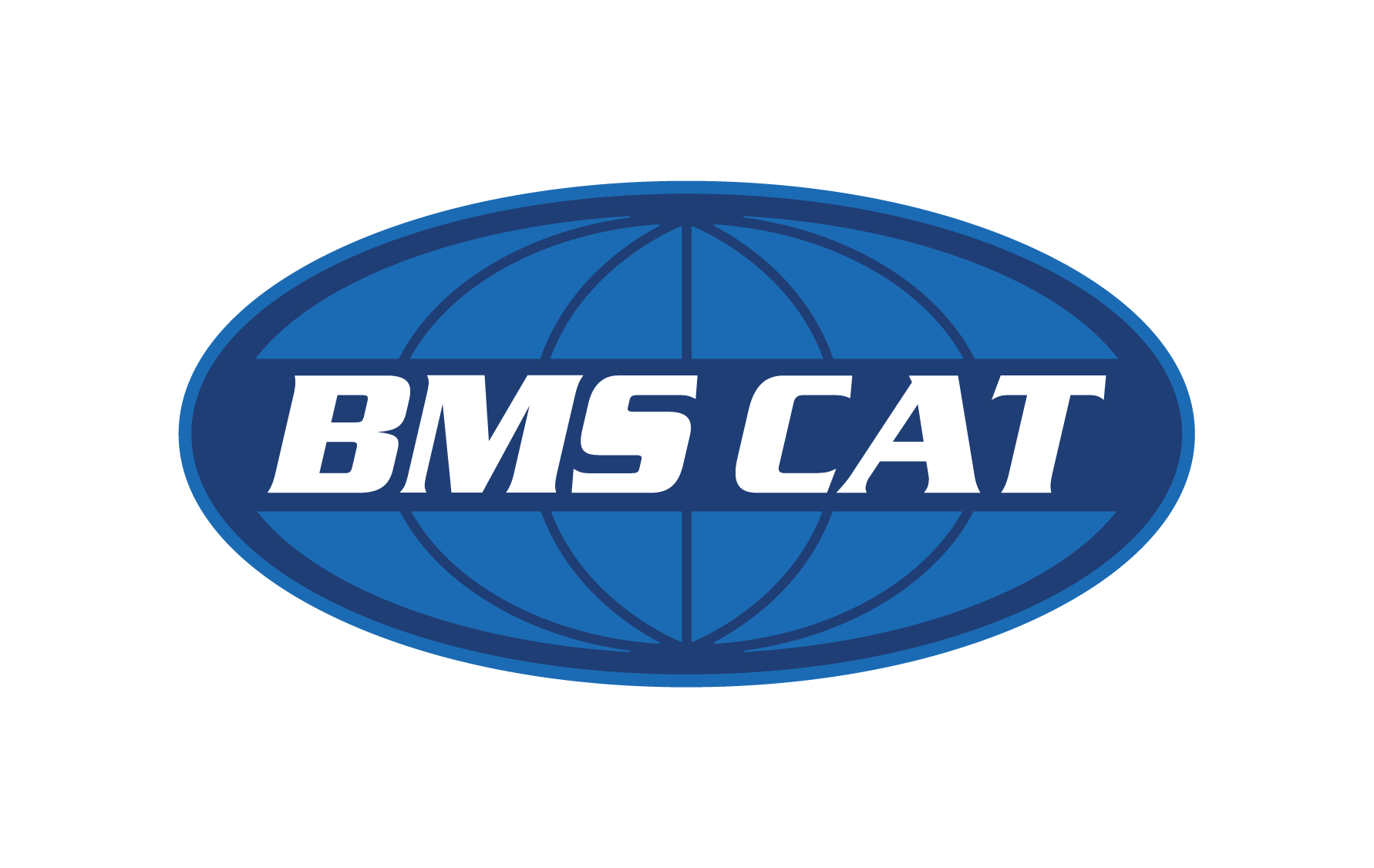Understanding Commercial Drying Desiccants: A Key Tool in Effective Water Removal
In the realm of water damage restoration and moisture control, commercial drying desiccants play a pivotal role. These specialized materials are essential for businesses looking to remove water and control humidity efficiently and effectively in large-scale or particularly challenging environments. This article delves into what commercial drying desiccants are and why they are crucial in water removal processes.
What is Commercial Drying Desiccant?
A desiccant is a substance that induces or sustains a state of dryness (desiccation) in its vicinity. Commercial drying desiccants are specifically designed for industrial or large-scale use. They are highly effective at absorbing moisture from the air, which makes them ideal for drying out areas that have been affected by water damage.
Types of Desiccants:
- Commercial desiccants come in various forms where each type has unique properties suited for different drying conditions and requirements.Silica gel
- Activated alumina
- Molecular sieves
How Do Desiccants Work?
Desiccants work by adsorbing moisture from the air. This process involves the physical or chemical bonding of water vapor molecules to the surface of the desiccant material. As the desiccant collects moisture, the air becomes drier, which in turn helps to speed up the drying process of wet materials and surfaces.
Applications in Water Damage Restoration:
In the context of water damage, commercial drying desiccants are used in dehumidifiers. These desiccant dehumidifiers are particularly effective in environments where maintaining low humidity is crucial or where traditional refrigerant dehumidifiers are less effective, such as in colder climates or in large commercial spaces.
Key Benefits:
- Efficiency in Low-Temperature Environments:
- Desiccant dehumidifiers can operate effectively at lower temperatures where traditional dehumidifiers might fail, making them ideal for use in cooler climates.
- Rapid Moisture Removal:
- They can extract moisture from the air more quickly than conventional dehumidifiers, speeding up the drying process significantly.
- Prevention of Mold and Mildew:
- By reducing humidity effectively, they help prevent the growth of mold and mildew, which are common problems in water-damaged areas.
- Versatility:
- Desiccant dehumidifiers can be used in a variety of settings, from industrial warehouses to commercial buildings, and even in sensitive environments like hospitals, laboratories or food processing plants.
- Energy Efficiency:
- Some desiccant systems are designed to be energy-efficient, which is beneficial for large-scale or long-term drying operations.
Commercial drying desiccants are an essential tool in the arsenal against water damage, especially in challenging or large-scale environments. Their ability to effectively reduce humidity and dry out air makes them invaluable in preventing further damage, mitigating mold and mildew risks, and restoring normal conditions. For businesses grappling with the aftermath of water intrusion, investing in the right desiccant drying technology or partnering with a commercial mitigation & restoration partner that can deploy commercial desiccants quickly, properly & at scale, can make a significant difference in the efficiency and effectiveness of their water damage restoration efforts.
